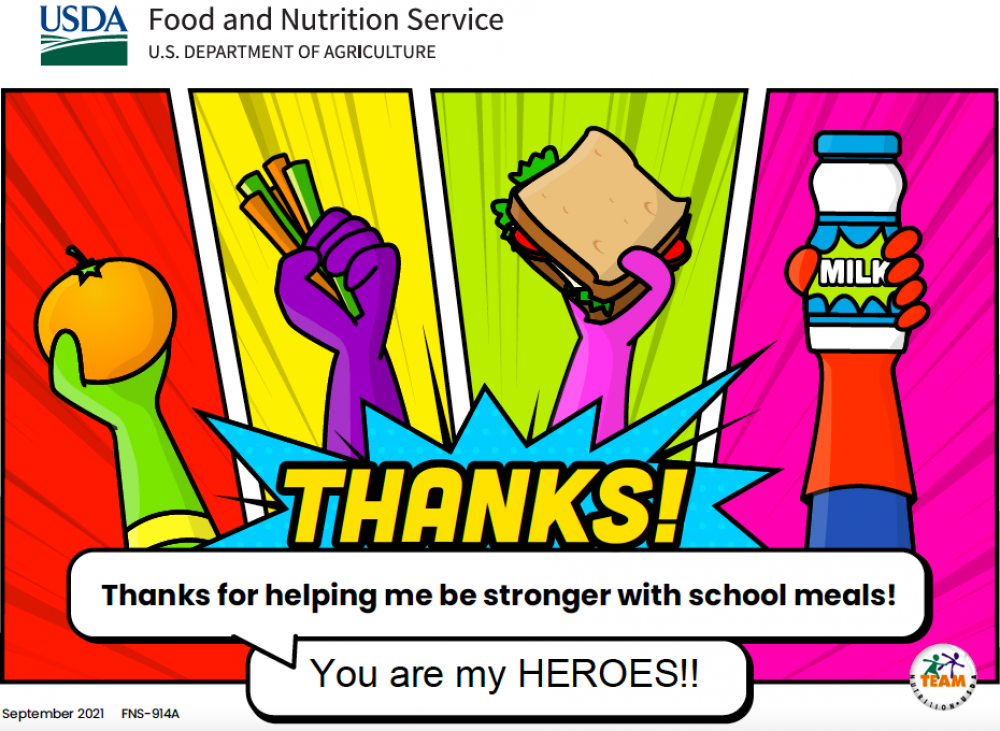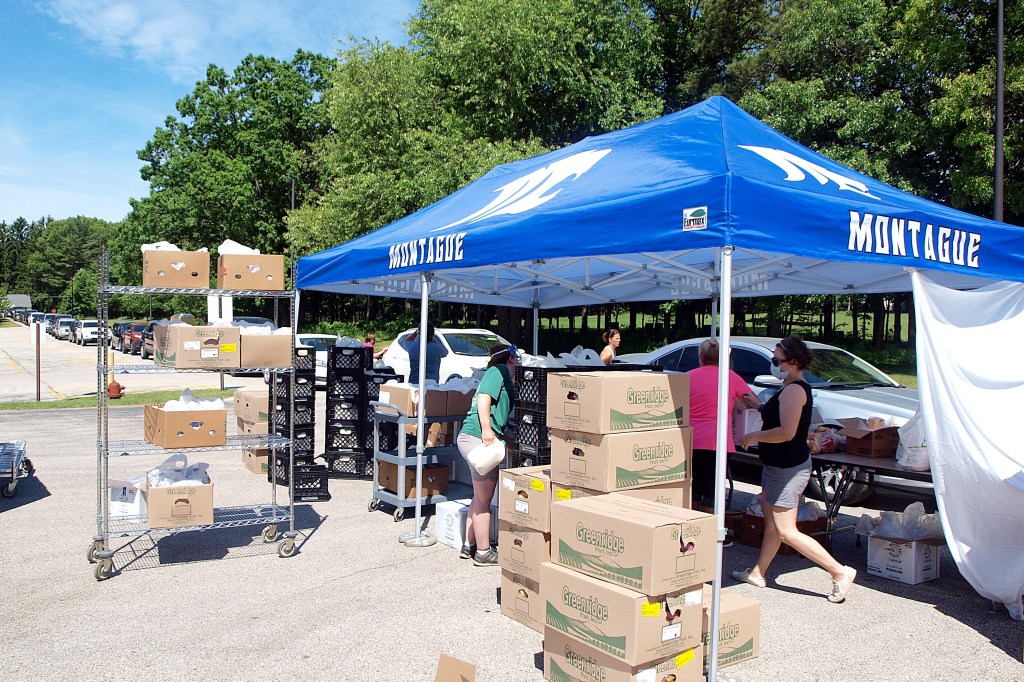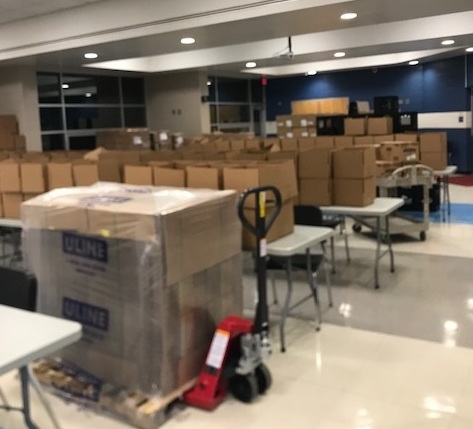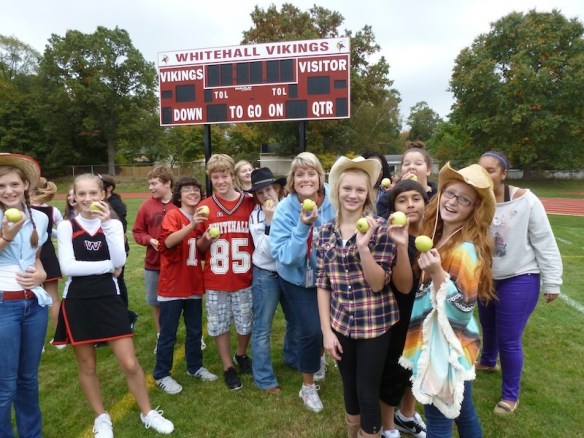Dan Gorman has been the Food Service Director for two Michigan districts, Montague Area Public Schools and Whitehall District Schools, for 21 years. The two districts have a combined enrollment of about 3,500 students with a pre-pandemic free/reduced rate of 47 percent. Before COVID-19 school closures, their ADP was about 60 percent for breakfast and high 60s percentages for lunch. Like thousands of his colleagues, Dan was notified on Friday, March 13, 2020, that schools would be closed starting Monday, March 16th. And on Monday, families in Montague and Whitehall could start picking up meal packs with seven breakfasts and seven lunches.
From those very first curbside meal pickups, Dan’s team has focused on making it as easy as possible for families to get the food they needed and making the quality worth the effort it took to get the food. They started and continued with a “grocery store” model, packaging pizza kits and taco meals. By working with suppliers to order was actually in the warehouse (rather than specific items with low availability), they were able to give families more food while maintaining food costs. They also worked with local Michigan Grown producers and others to purchase apples and carrots in bulk, creating 1-pound family size bags. Since schools have returned to a fairly consistent hybrid schedule, the districts have maintained a once per week pickup schedule of dinners and snacks plus breakfast and lunch when students are not in school. While participation numbers have dropped slightly, they are still sending out 1,000 meal packs per week, serving BIC and providing lunch in a variety of service locations.
What was the biggest challenge that you had to overcome in the past year?
Dan agrees with most of his colleagues that the biggest challenge for the first few months of COVID emergency meals was the ever-changing, head-spinning series of waivers and guidelines. One of his biggest concerns was how to keep their staff safe. By summer 2020 they had figured the logistics out and were able to get into a basic routine. They realized that they were operating more of a warehouse rather than kitchens which helped with the musical chairs of storing large amounts of food in accessible locations. As students returned to school, sanitation became a major challenge in terms of labor – so many surfaces in so many locations.
What achievement are you the proudest of in the past year?
Dan also agrees with other directors here: He is incredibly proud of the food service staff in Montague and Whitehall, of how they stepped up to get the job done, even in the beginning when it was scary: “In those early months my staff were true heroes offering our families the stability and security of food on a weekly basis.” School nutrition became a true safety net for Michigan communities, taking care of the food and nutrition needs of families. Throughout it all the school nutrition employees continued doing things that were not their ‘normal’ job – not what they had signed up for – in a situation with myriad unknowns about their personal safety.
What innovation have you made that you will continue using in the future?
While it may sound minor, a simple innovation made staff’s lives easier while they were struggling to do a hard job. Switching to narrow pallets that fit through a walk-in door minimized loading and unloading, especially of bulk produce. They were able to serve lots of fresh produce with better logistics.











